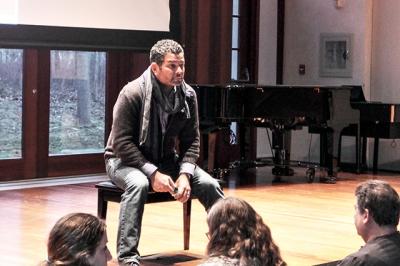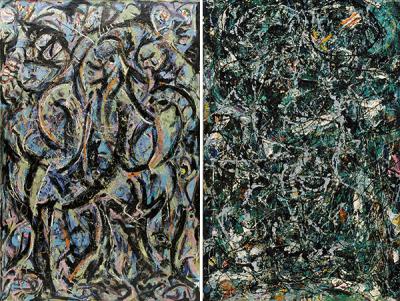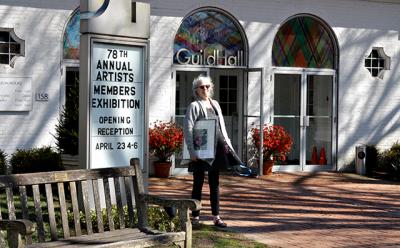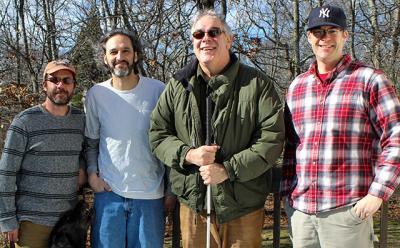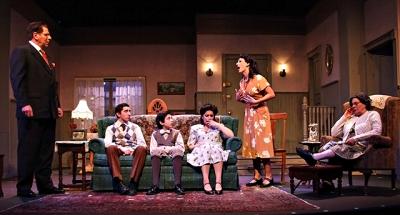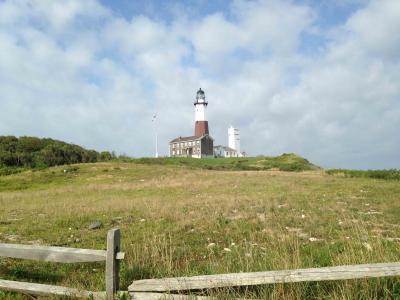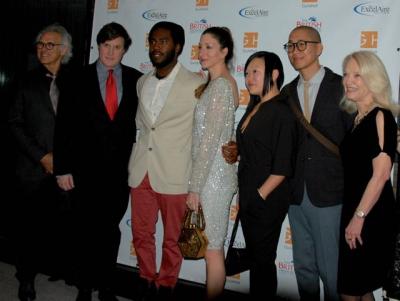Stripped-Down Version of 'Don Pasquale' Opera in Sag Harbor
Stripped-Down Version of 'Don Pasquale' Opera in Sag Harbor
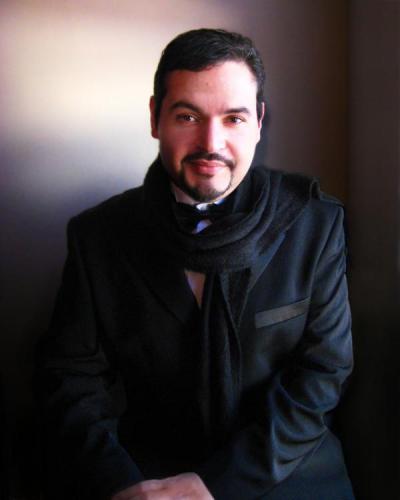
The Bay Street Theater in Sag Harbor, whose recent programs have celebrated Fillmore East and the Newport Folk Festival, will take a turn toward the classical on Saturday at 8 p.m. with a performance of “Don Pasquale,” Donizetti’s classic comic opera.
The production is a collaboration between Divaria Productions and Rioja Lirica, a Spanish opera company, both of which are dedicated to making opera more accessible to contemporary audiences. To that end, the opera is stripped down to focus on the music while providing enough narrative to maintain the essence of the story about the miserly Don Pasquale and the rebellious nephew he seeks to disinherit.
Premium tickets are $50, $35 for the middle section, and $25 for side-section seats.

